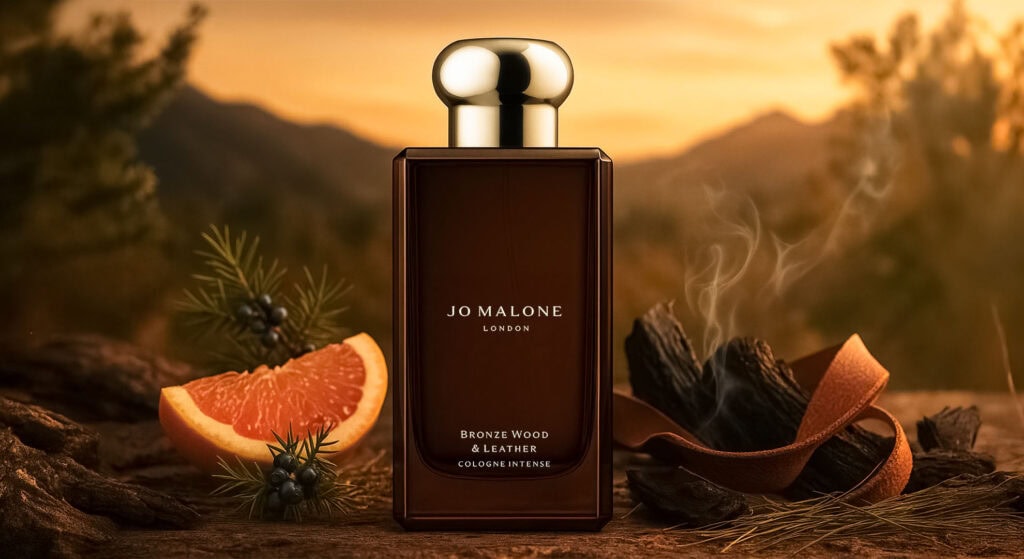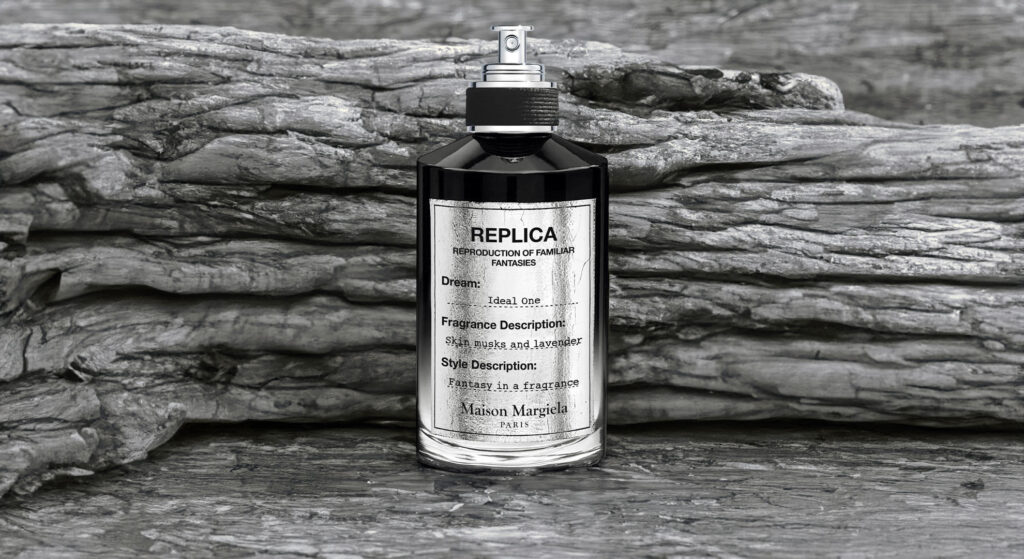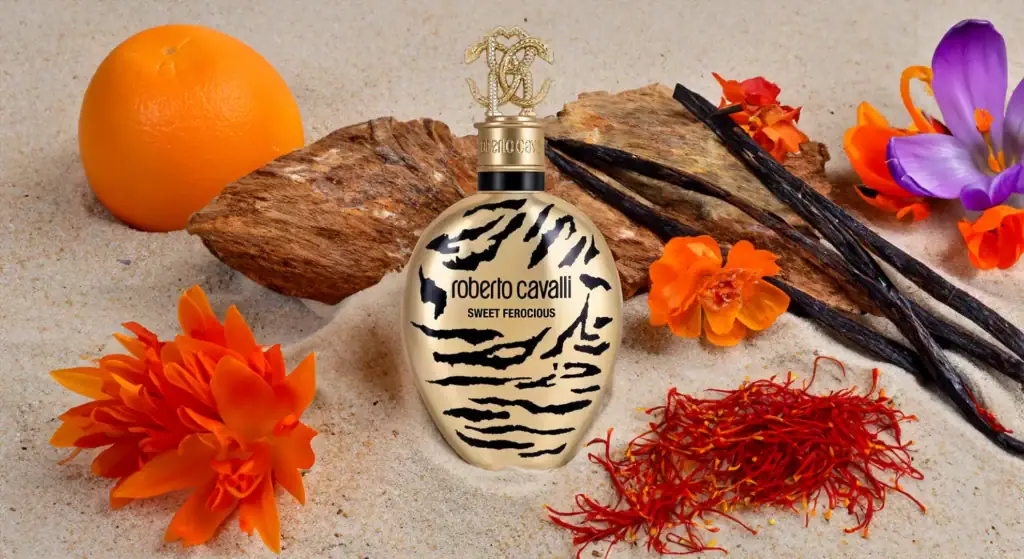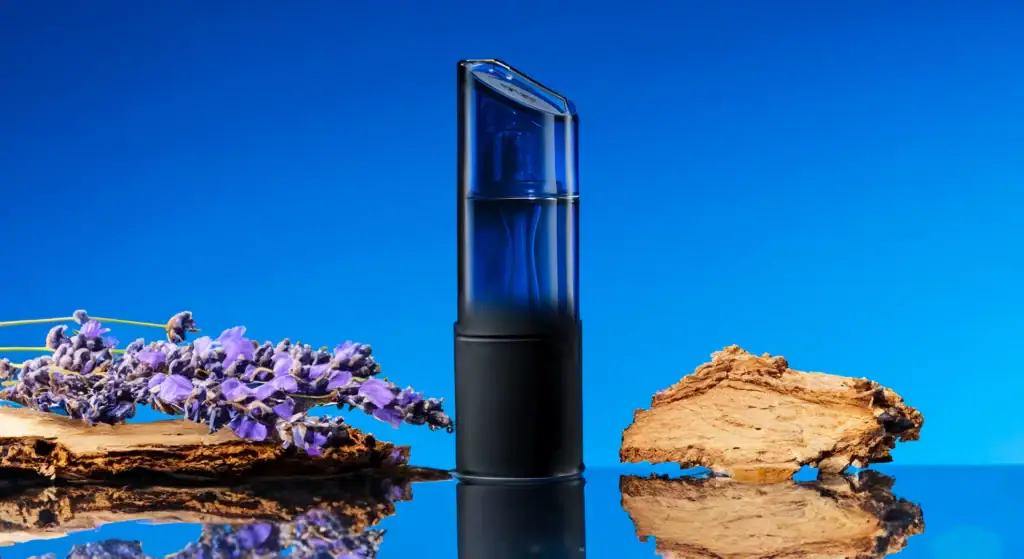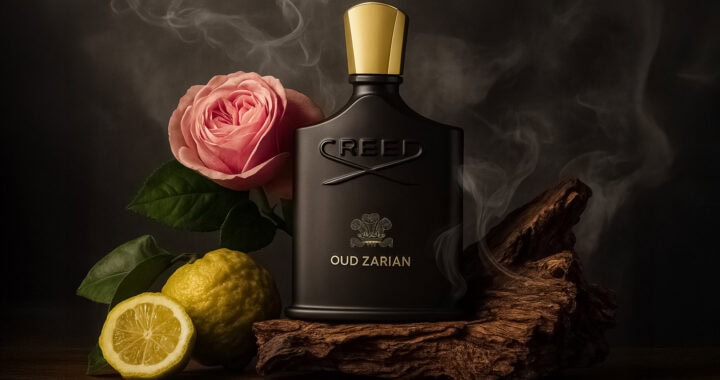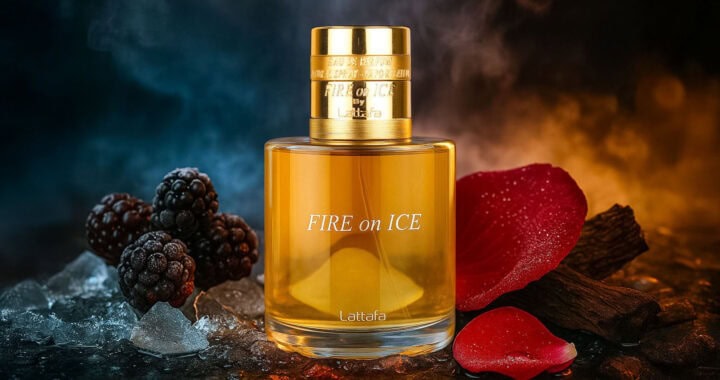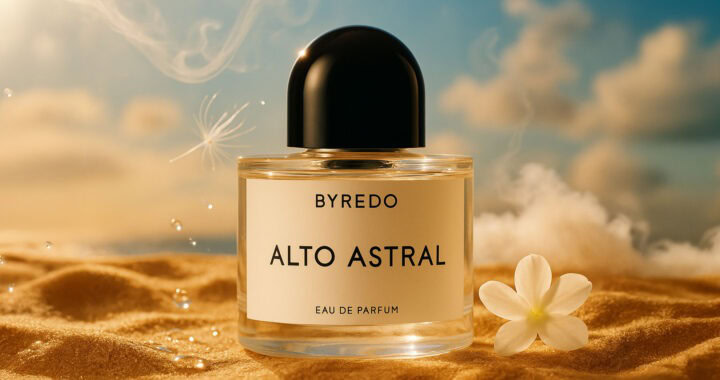The Role of Guaiac Wood in Perfumery: Extraction, Blending, and Iconic Scents
Guaiac wood, with its distinctive smoky, woody, and slightly sweet aroma, has carved out a niche as a valued ingredient in perfumery. Known for its deep, resinous, and earthy character, guaiac wood brings warmth, complexity, and a touch of mystique to fragrances. This article delves into how guaiac wood is extracted for use in perfumes, the art of blending it with other notes, and highlights some of the most iconic fragrances that feature this unique wood.
From Tree to Essence: The Extraction of Guaiac Wood
Guaiac wood, also known as “wood of life,” comes from the heartwood of the Guaiacum tree, native to the Caribbean and South America. The extraction of its essence for perfumery is a process that carefully preserves the wood’s complex aroma.
- Steam Distillation: The most common method for extracting guaiac wood essential oil is steam distillation. In this process, the heartwood is chipped and then subjected to steam, which captures the aromatic compounds. As the steam cools, the oil is separated from the water, resulting in a thick, viscous essential oil with a rich, smoky, and slightly sweet scent. This method is effective in preserving the wood’s depth and resinous quality.
- CO2 Extraction: For a more refined and pure essence, CO2 extraction can be used. This method involves using supercritical carbon dioxide to extract the aromatic compounds from the wood. The result is a concentrated oil that captures the full complexity of guaiac wood, including its subtle smoky, leathery, and balsamic nuances. This method is often preferred for high-end perfumery where the most authentic scent profile is desired.
The Art of Blending Guaiac Wood
Guaiac wood’s distinctive aroma makes it a versatile and highly desirable note in perfumery. Its smoky, resinous quality can add depth, warmth, and a touch of mystery to a wide range of fragrance compositions.
- Oriental and Spicy Fragrances: Guaiac wood is a natural fit in oriental perfumes, where its smoky and resinous qualities enhance the richness of spices and resins. When combined with notes like amber, cinnamon, and myrrh, guaiac wood adds a dark, warm, and slightly sweet layer that deepens the fragrance’s overall profile. Tom Ford’s Noir is an excellent example, where guaiac wood is blended with spices and resins to create a warm, sophisticated scent with a smoky undertone.
- Woody and Leathery Scents: In woody and leathery compositions, guaiac wood can introduce a smoky and slightly sweet element that balances the dryness of other woods and the intensity of leather. When paired with cedarwood, sandalwood, or leather, guaiac wood enriches the fragrance, adding a smooth, resinous depth. Gucci’s Guilty Absolute showcases guaiac wood’s ability to blend seamlessly with leather and patchouli, creating a scent that is both bold and refined.
- Gourmand Blends: Although less common, guaiac wood can also add an intriguing contrast to gourmand perfumes. Its smoky, woody notes complement sweet, edible notes like vanilla, chocolate, or caramel, creating a sophisticated, complex fragrance with an edge of warmth and mystery. Serge Lutens’ Chergui is a notable example, where guaiac wood adds depth to a blend of honey, tobacco, and amber, resulting in a rich and comforting scent.
- Floral and Balsamic Accords: Guaiac wood can also be used to add a warm, resinous base to floral compositions, making them more complex and grounded. When paired with white florals like jasmine or tuberose, guaiac wood introduces a smoky, balsamic quality that balances the sweetness of the flowers. Diptyque’s Volutes combines guaiac wood with iris and tobacco, adding a smoky, woody depth to the floral heart, resulting in a fragrance that is both elegant and intriguing.
Perfumes that Celebrate Guaiac Wood
Guaiac wood’s unique qualities have made it a favorite in several iconic perfumes. These fragrances showcase its versatility and the rich, smoky depth it can bring to a composition.
- Tom Ford Noir: A sophisticated oriental fragrance, Tom Ford Noir features guaiac wood prominently in its base notes. The wood adds a smoky, resinous quality that deepens the blend of spices, amber, and vanilla, resulting in a warm and mysterious scent.
- Gucci Guilty Absolute: In this bold and unconventional fragrance, guaiac wood is blended with leather, patchouli, and cypress to create a rich, smoky scent with a dry, woody character. The result is a distinctive, modern take on a classic woody-leathery fragrance.
- Serge Lutens Chergui: Known for its warm and comforting scent, Chergui combines guaiac wood with honey, tobacco, and amber. The guaiac wood adds a smoky, resinous depth that balances the sweetness of the other notes, creating a rich, layered fragrance.
- Diptyque Volutes: This fragrance blends guaiac wood with iris, tobacco, and spices, creating a smoky, woody scent with a floral heart. The guaiac wood adds warmth and depth to the composition, making it both elegant and slightly mysterious.
Guaiac wood, with its smoky, resinous, and slightly sweet aroma, plays a crucial role in perfumery, adding warmth, depth, and complexity to a wide range of fragrances. From its meticulous extraction to its artful blending with other notes, guaiac wood brings a unique character that can transform a perfume into a rich, multi-dimensional experience. Whether enhancing oriental, woody, leathery, or even gourmand compositions, guaiac wood has become an indispensable ingredient in creating iconic, sophisticated fragrances. Perfumes like Tom Ford’s Noir, Gucci’s Guilty Absolute, and Serge Lutens’ Chergui demonstrate the enduring appeal of guaiac wood, proving that its place in the world of perfumery is as timeless and rich as the wood itself.
Love this fragrance? Share your thoughts! Your vote helps other perfume lovers discover new favorites. Rate it now and make your mark!
Click on a star to rate it!
Average rating 0 / 5. Vote count: 0
No votes so far! Be the first to rate this post.
